Growth of E-Commerce Platforms
The Toy Bag Market is witnessing a significant transformation due to the rapid expansion of e-commerce platforms. Online shopping has become increasingly popular among consumers, particularly parents looking for convenience and variety. Recent data suggests that online sales of toys and accessories, including toy bags, have increased by over 30 percent in the last year. This growth is attributed to the ease of access to a wide range of products, competitive pricing, and the ability to compare options quickly. Consequently, manufacturers and retailers are investing in their online presence, optimizing their websites, and enhancing user experience to capture this growing segment of the market.
Emergence of Innovative Designs
The Toy Bag Market is characterized by the emergence of innovative designs that cater to the evolving preferences of consumers. Manufacturers are increasingly focusing on creating multifunctional and aesthetically pleasing toy bags that appeal to both children and parents. Recent market analysis indicates that toy bags with unique features, such as modular designs or interactive elements, are gaining popularity, with sales expected to rise by 18 percent in the coming year. This trend reflects a broader consumer desire for products that combine functionality with style, suggesting that innovation will play a crucial role in shaping the future of the toy bag market.
Influence of Social Media Marketing
The Toy Bag Market is significantly influenced by social media marketing, which has emerged as a powerful tool for brand promotion and consumer engagement. Platforms such as Instagram and Pinterest are increasingly utilized by brands to showcase their products, including innovative toy bags. This trend appears to be effective, as data indicates that brands leveraging social media have seen a rise in consumer interest and engagement, with some reporting a 25 percent increase in sales attributed to social media campaigns. The visual nature of these platforms allows for creative marketing strategies that resonate with parents and children alike, potentially driving sales and brand recognition.
Increasing Focus on Child Development
The Toy Bag Market is benefiting from a growing emphasis on child development and educational play. Parents are increasingly aware of the importance of toys that promote cognitive and physical development. This awareness is reflected in market trends, where educational toys and accessories, including toy bags that facilitate organized play, are gaining traction. Recent studies suggest that parents are willing to invest more in products that support their child's growth, leading to a projected increase in sales of educational toy bags by approximately 15 percent over the next few years. This focus on development not only enhances the appeal of toy bags but also positions them as essential tools for learning.
Rising Demand for Eco-Friendly Products
The Toy Bag Market is experiencing a notable shift towards eco-friendly products, driven by increasing consumer awareness regarding environmental sustainability. Parents are increasingly seeking products that are made from sustainable materials, such as organic cotton or recycled plastics. This trend is reflected in market data, which indicates that the demand for eco-friendly toys and accessories has surged by approximately 20 percent over the past year. As a result, manufacturers are adapting their offerings to meet this demand, leading to a proliferation of eco-conscious toy bags. This shift not only caters to consumer preferences but also aligns with broader environmental goals, potentially enhancing brand loyalty among environmentally aware consumers.


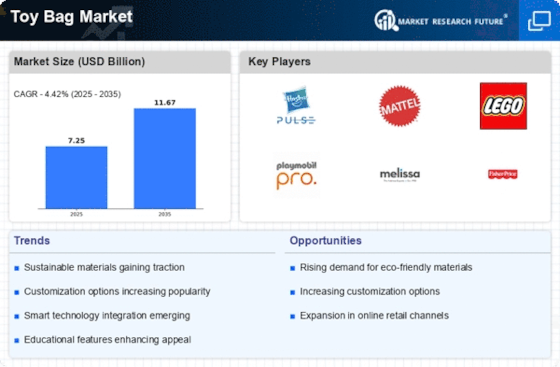
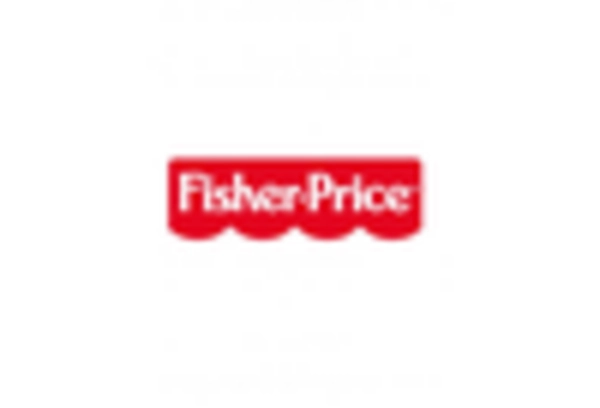

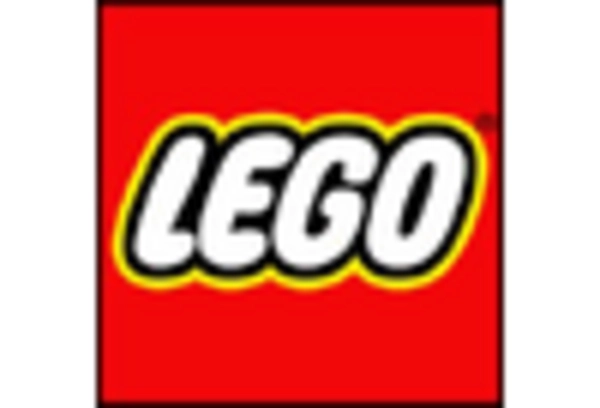
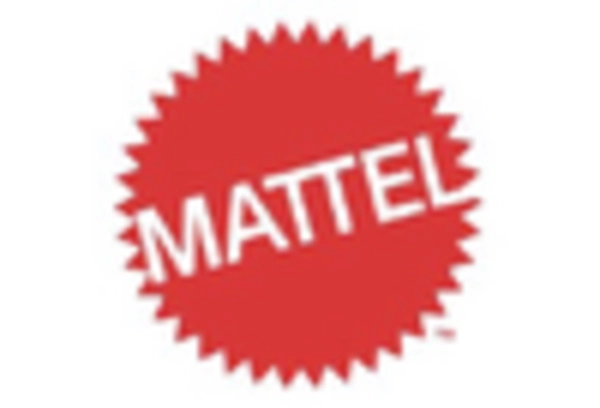

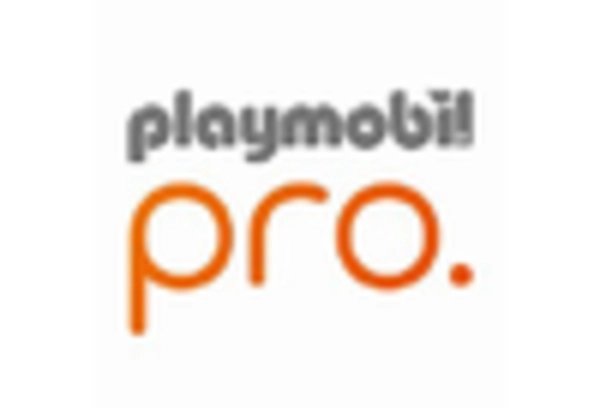








Leave a Comment